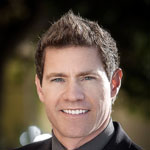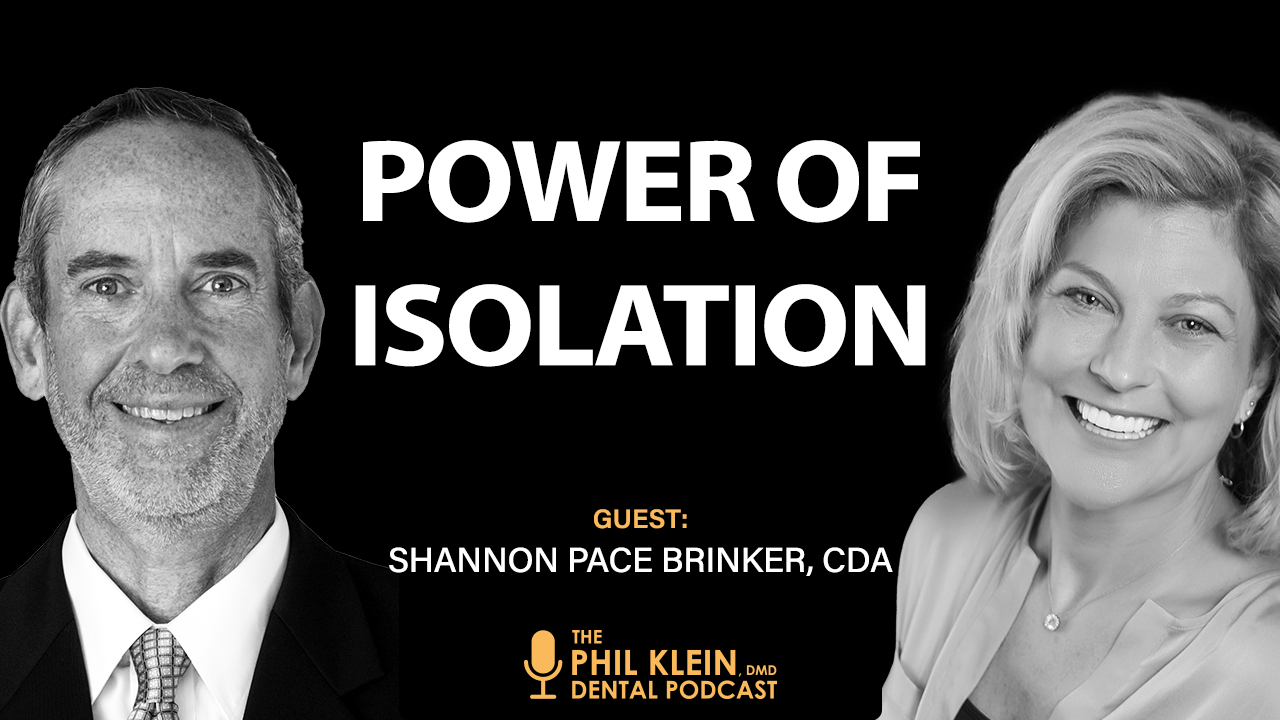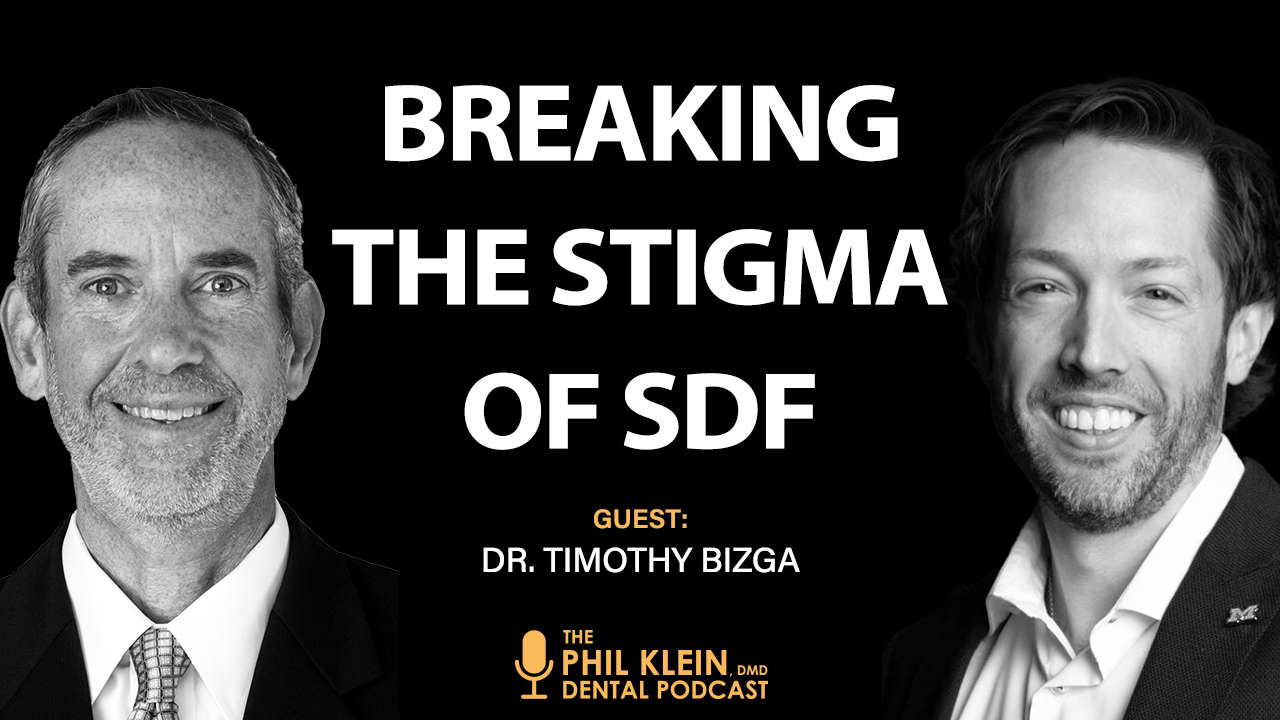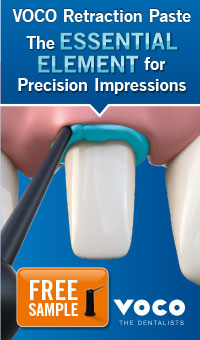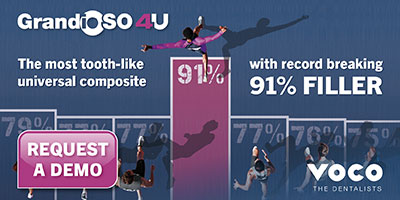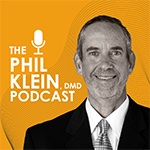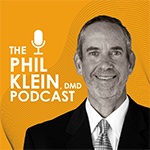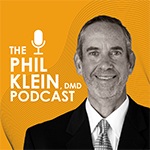
Share this webinar
|
If there are no round teeth, why do we use round healing abutments for implants? Why not use an anatomically correct temporary healing cuff instead?
The ideal goal of a restorative dentist is to make a restoration look, feel and function as if the tooth had not been extracted and replaced. This is a very difficult thing for the implant team (surgeon, restorative dentist, and laboratory).
The team approach starts by using CBCT and planning software to virtually develop a restorative-driven treatment plan and workflow. Shaping tissue to the ideal emergence profile to get the permanent restoration to look natural and not catch food takes time to accomplish.
In this CE webinar, we are going to discuss various techniques for creating an anatomically correct temporary healing cuff and how you how to quickly, easily, and predictably create an ideal emergence profile for a dental implant restoration whether an immediate implant placement or two-stage procedure.
Upon completion of this CE webinar, the participant will be able to:
• Understand the limitations of current dental implant healing abutment geometries on creating a more natural emergence profile
• Understand the patient ramifications of a substandard emergence profile (e.g., food trap)
• Learn a simple and predictable methodology for creating a more appropriate emergence profile specific to anatomical tooth location
• Become more familiar with customization techniques for healing abutments to include modifications to shape and shade
• Learn how to transform a healing abutment into a provisional restoration
• Learn diagnosis and treatment planning for implant restorations to ensure proper emergence profile
(
disclaimer, bio and commercial disclosure
)
|





